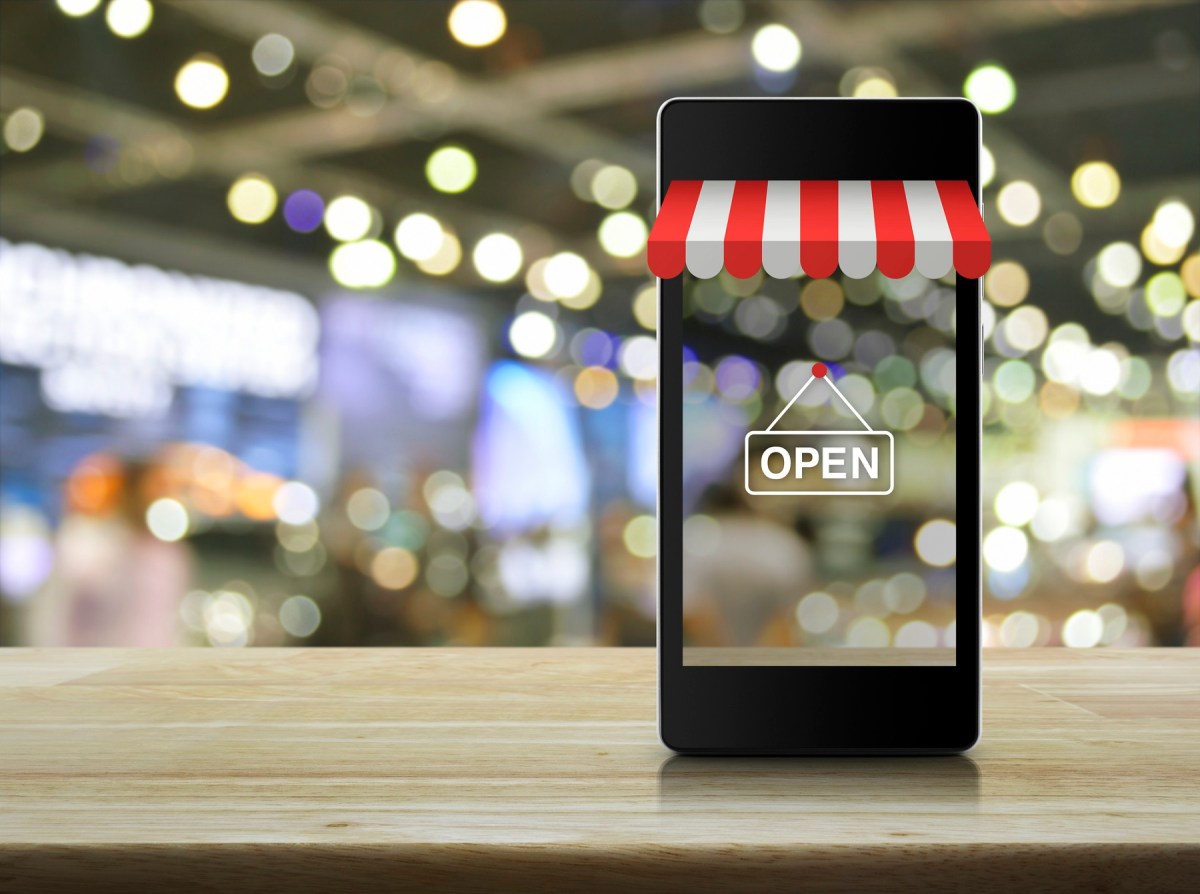One lesson the pandemic has taught retailers is that an online presence is essential for their survival. But that was true before COVID, and it will continue to be true in the future. Online sales in Australia jumped more than 30% in each of the past two fiscal years.
Brick-and-mortar shops need online outlets, but you don’t have to spend a lot to get started in eCommerce. Here are some ways to save on costs while preserving quality.
What are the costs to set up an online store?
Setting up shop online is much cheaper and easier than opening a physical retail location. You can spend an almost unlimited amount on your eCommerce store if you want to get fancy, but you can have a lovely online shop on a budget. Still, your online store is your business’s calling card, so plan to devote enough money and time to the project to make it look good.
Here are four things you should expect to spend time, money, or both on when you open a shop online:
- Product photography. You’ll need excellent photographs to give online shoppers enough information to make a purchase.
- ECommerce platform or web hosting. ECommerce platforms typically charge monthly fees plus a percentage of your sales. If you want to create a custom shop online, you’ll avoid those fees, but you’ll still need to pay for web hosting.
- Warehousing and order fulfillment. You’ll need a process for shipping orders to your customers, which could mean working with a fulfillment center to handle your order fulfillment.
- Returns. It’s an inescapable fact of life that online purchases have a higher return rate than items bought in a store, and some of the returned items won’t be suitable for resale or will need to be sold at a discount.
Four places to save when you go from brick-and-mortar to online
If you’re on a budget, there are some simple ways to reduce the costs listed above.
DIY your product photography
While professional photography is the best option to make your products shine online, modern digital cameras are so good that you don’t have to be a skilled photographer to take excellent photos. You may not even need to buy a camera since the one in your smartphone probably takes fantastic pictures.
Tips for taking good product photos:
- Create a dedicated spot to take photos, if possible. After your initial product pics, you will want to add new items or regularly update your existing products’ images. That will keep your site fresh.
- Make sure you have good lighting. Basic lighting equipment is a good investment in your eCommerce site. You might need lights, reflectors, and diffusers, or softboxes to soften the lighting. Proper lighting is vital for products with reflective surfaces. Luckily, you can buy a lighting kit with everything you need for under $100.
- Tell a story with your images. Take shots from all angles and include several photos of each item on your site. Use backgrounds that don’t distract from the subject. Where possible, show the product in use. That could mean getting an employee or family member to model apparel or showing a hand holding a coffee mug.
Choose the right eCommerce platform
If you need to hire a designer to set up your web store, that could cost you $1,000 or more. For the technology-averse, hiring someone to set up the backend might be a wise investment. However, eCommerce platforms make setting up an online shop simple, so you can probably save money by doing it yourself.
We love Shopify because it has predesigned themes to make store design easy, and there are many free theme options. There’s no setup fee, and plans start at just $29 per month.
Several other low-cost eCommerce platforms also make it easy to create a beautiful online shop:
- WooCommerce (for Word Press users)
- Wix
- Weebly
- Squarespace
Turn your brick-and-mortar location into a fulfillment hub
Fulfillment and shipping are among the highest costs of running an eCommerce business. If you plan on building an online retail empire, you will eventually want to outsource your fulfillment to a third-party logistics company. A 3PL will store your inventory, pick items to fill your orders, package them, and ship them to your customers, taking the burden off you and your staff.
However, if you expect a small volume of online orders, your retail store can serve as your product warehouse, and you can ship orders yourself.
More tips to save on fulfillment:
- Offer in-store order pickup to save on packaging and shipping costs.
- Set up an account with your preferred carrier and see if you can qualify for discounted shipping.
Take returns and exchanges in-store
When you add online shopping to your brick-and-mortar store, you have access to a terrific way to simplify returns processing: let customers make in-store returns and exchanges for online orders. Customers often prefer an in-store option for returns, and it will save you the cost of return shipping. Plus, they might make an additional purchase when they stop by with a return.
An online shop is a tremendous asset to your business. It lets customers get familiar with your product range from anywhere and broadens your customer base. And you don’t need to spend a lot to get a great-looking web store.
Jake Rheude is director of marketing for Red Stag Fulfillment.

